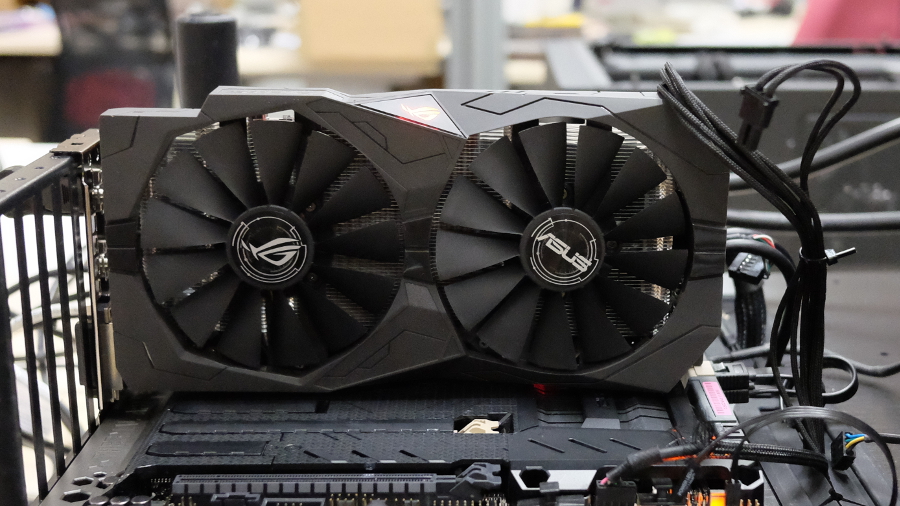TechRadar Verdict
Nvidia has wowed us all this last year with the introduction of the GTX 1060, 1070 and 1080 – cards that truly blow open the doors to more affordable mainstream high-res gaming. However, the GTX 1050 Ti feels like a missed opportunity. It fails to innovate, and you'll feel the brunt of that decision.
Pros
- +
Solid 1080p performer
- +
Good overclocking potential
- +
Well-designed card
Cons
- -
Poor upgrade from last-gen
- -
Greater than 75W TDP
Why you can trust TechRadar
Nvidia’s transition across to the 16nm FinFET manufacturing process brought with it huge leaps for the vast majority of its GPUs. The power hungry GTX 1080 showed us that gaming wt 1440p with high refresh rates was possible off a single card, and that 4K gaming at 60fps was almost reachable too.
The GTX 1070 packed the power of a Titan into an affordable price point, and the GTX 1060 provided as much performance as last tier’s first flagship at a cost lower than a good meal out with your extended family.
It was all going so well, clocks speeds skyrocketed well past 2GHz for the first time in stock consumer history, and the progressive advancements across the processors saw CUDA core count shoot up, alongside transistors too.
Alas, it seems the mighty green giant had to stumble up somewhere, and that that somewhere is with the GTX 1050 Ti. Traditionally the X50 series has been an awe inspiring thing of beauty.
Whether that’s the 750 Ti’s powerless design, or the GTX 950’s fantastic price to performance ratio, Nvidia really pushed out those boundaries, proving time and time again you could innovate on the mid-low range just as much as the high end. So what’s so bad with the GTX 1050 Ti that it warrants such a scalding paragraph? Well, let’s find out.
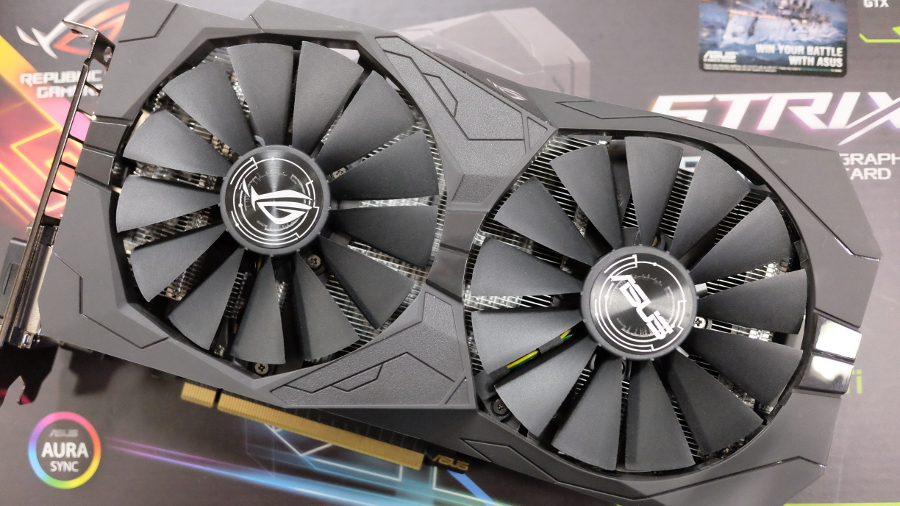
Specifications
The GPU powering the heart of Asus’s ROG Strix GTX 1050 Ti comes packing a whopping 768 CUDA cores, 48 Texture Units and 32 ROPs. Compare that to the GTX 950 and you’ll see that it also had 768 CUDA cores, 48 Texture Units, and 32 ROPs. But then that’s fair right? It’s a process shrink,; it’s not something you’d expect to change.
We’d be inclined to agree with you if it wasn’t for how Nvidia has specced the rest of its 16nm lineup. A quick glance at how the GTX 1060 evolved this generation and you’ll soon see what we mean. The number of CUDA cores increased from 1024 to 1280, forcing the transistor count to increase by 1.46 billion in the process. Compare that to the 1050 Ti with its meagre transistor increase of 0.36 billion, and you soon begin to understand why this is a problem.
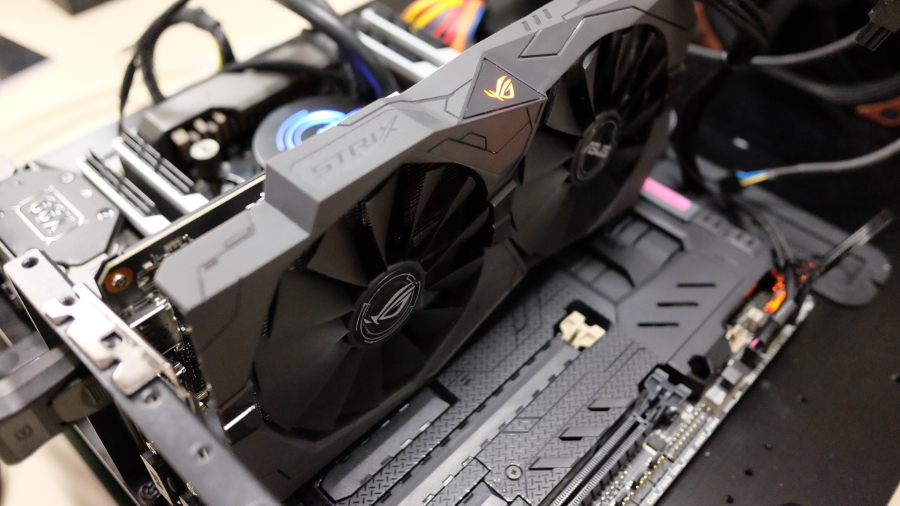
1080p Performance
Take the card out of the ecosystem entirely however, and you’re greeted with a powerful GPU more than capable of tackling the latest games at 1080p Ultra settings comfortably.
In Far Cry Primal we saw average frame rates remain steady at 43 frames per second, while The Division sat at 36 fps, and our more graphically aggressive games Rise of the Tomb Raider and Total War: Attila managed 23 fps respectively. Is it perfect? No, but if you’re on a tight budget, and are looking to upgrade a four-to-five year old card, this could be the one for you
The problem however stems when you look just slightly up the chain at the GTX 1060 3GB. The fact is, you can currently buy a compact GTX 1060 3GB from Inno3D for exactly the same price (£190/$240) as this card, and if you did, at 1080p on average your frame rates would increase by 12 -19 frames per second. That’s a huge difference, and it’s something that really puts us off recommending this card.
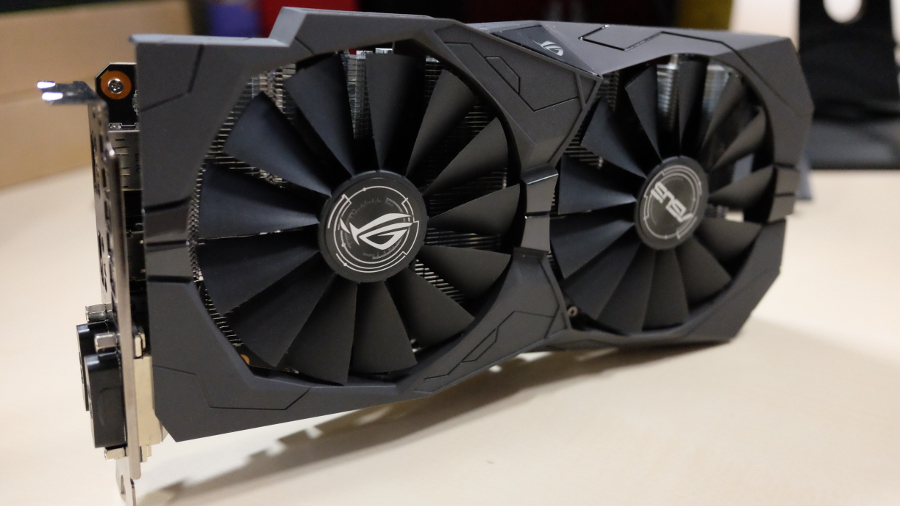
The memory conundrum
We know what you’re thinking though. The GTX 1050 Ti has 4GB of memory compared to the 1060’s 3GB? Surely that matters for something here? Well honestly, not that much. When testing our titles we noticed frame rates across all three major resolutions varied by 1-3 frames per second when it came to our 3- and 6GB variants of the 1060, and that’s something we can mostly dial down to the 3GB variant's fewer CUDA cores.
And when it comes to the more memory-intensive titles out there, such as GTA V and Witcher 3, you’re likely better off investing in a more powerful processor anyway, one that comes, by default with 4GB to 8GB, or more.
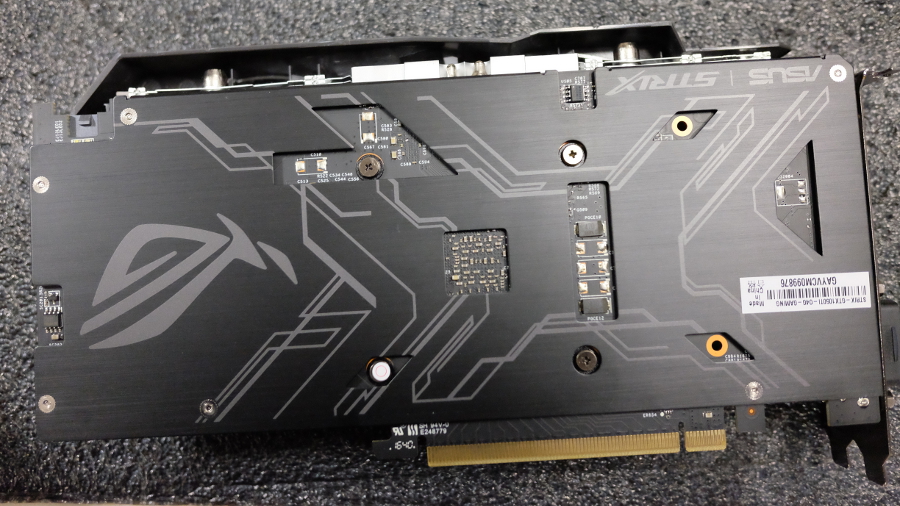
Verdict
We liked
The Asus Strix GTX 1050 Ti's aftermarket solution is a crisp reminder that you can innovate and design a graphics card that still looks classy at a respectable price point.
The dual-fan cooler is subtle and quiet, with 0dB fan technology ensuring temperatures remain low, and noise is minimal, the included backplate, and hint of RGB AURA tech that Asus is so well known for glams up an otherwise budget purchase, making this a truly solid aftermarket card.
We disliked
While it has innovated on the design front, Nvidia’s decision not to innovate aggressively on the GPU in stark contrast to last generation’s GTX 950 leaves very little to be desired.
Final verdict
If you’ve not upgraded for some time, (we’re talking pre GTX 600 series), the GTX 1050 Ti is a fantastic solution to alleviate all of your 1080p gaming woes; however, if you’ve got the cash then you should spring for the 3GB GTX 1060 variant instead.
For the time being, 3GB is more than plenty for 1080p. Anything more than that and you’re going to need far more processing power anyway.

Zak is one of TechRadar's multi-faceted freelance tech journalists. He's written for an absolute plethora of tech publications over the years and has worked for Techradar on and off since 2015. Most famously, Zak led Maximum PC as its Editor-in-Chief from 2020 through to the end of 2021, having worked his way up from Staff Writer. Zak currently writes for Maximum PC, TechRadar, PCGamesN, and Trusted Reviews. He also had a stint working as Corsair's Public Relations Specialist in the UK, which has given him a particularly good insight into the inner workings of larger companies in the industry. He left in 2023, coming back to journalism once more. When he's not building PCs, reviewing hardware, or gaming, you can often find Zak working at his local coffee shop as First Barista, or out in the Wye Valley shooting American Flat Bows.
